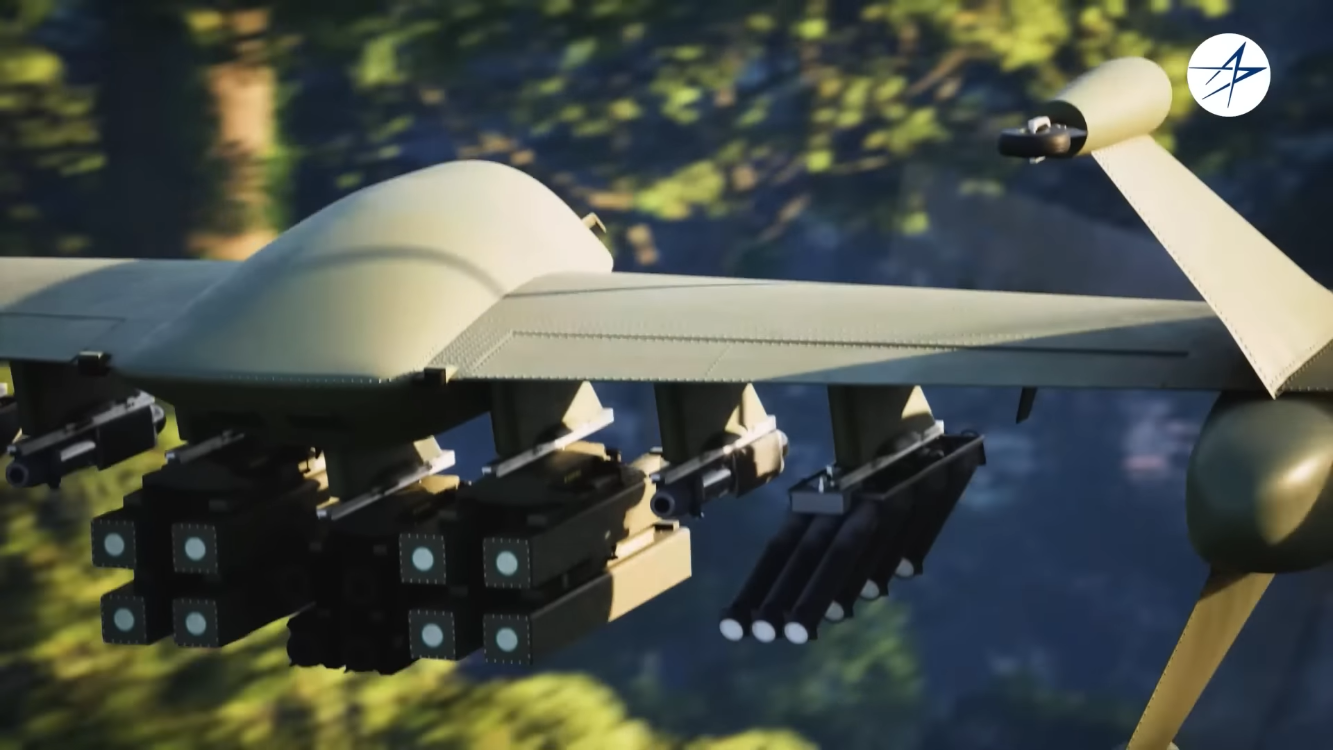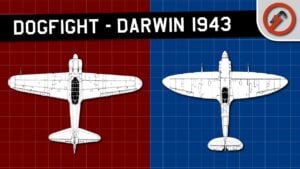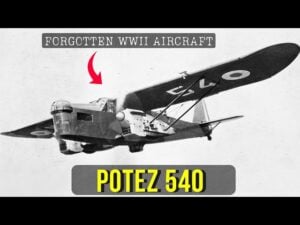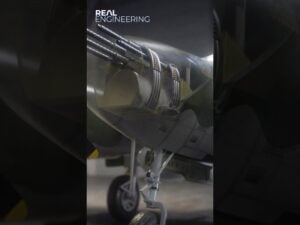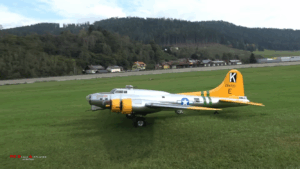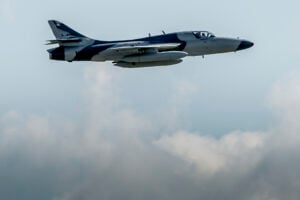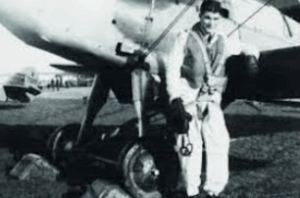Sikorsky Unveils the “Nomad” — A Family of Next-Generation VTOL Drones
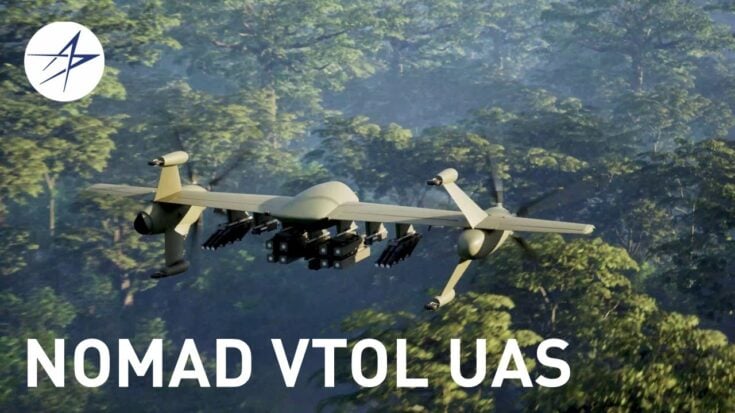
YouTube / Lockheed Martin
Sikorsky, a Lockheed Martin company, has introduced its Nomad family of vertical takeoff and landing (VTOL) drones, a new series of aircraft that blend helicopter agility with airplane speed. Designed to operate in rugged and runway-denied environments, the Nomad lineup represents a major leap forward in autonomous, long-endurance flight.
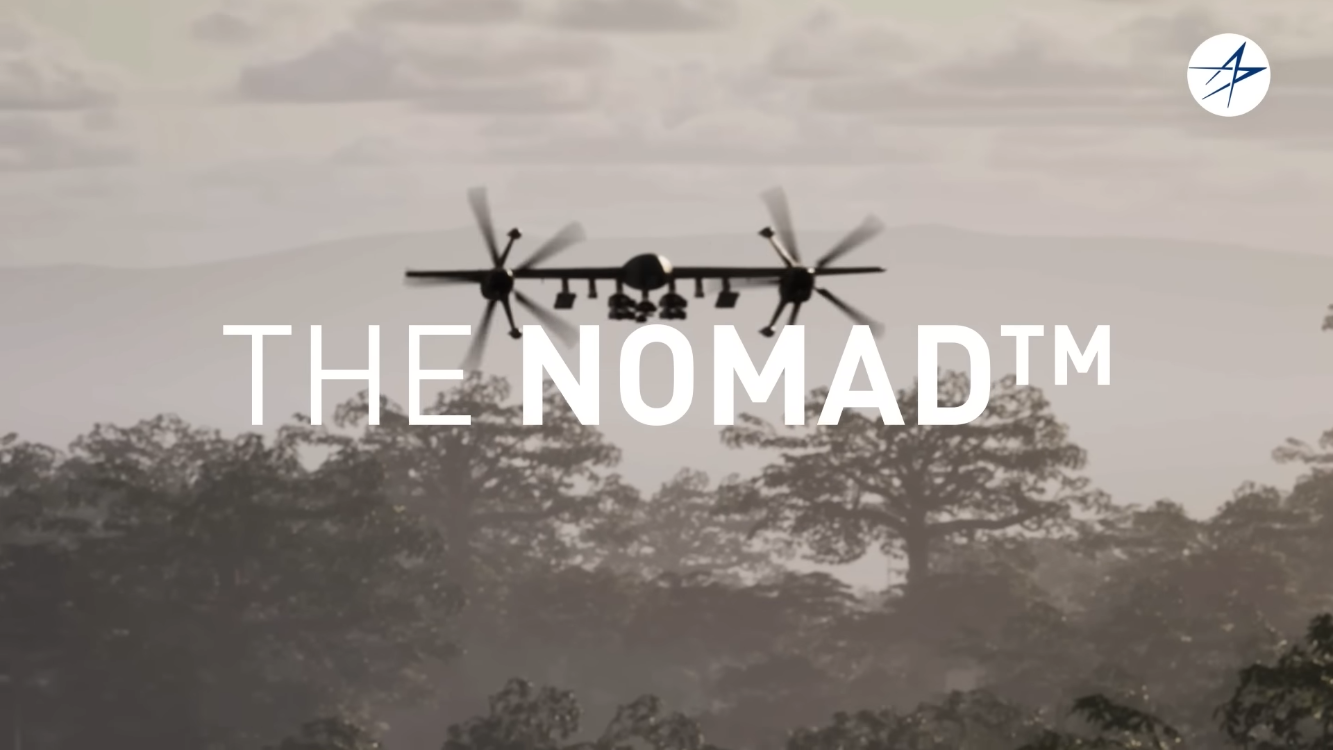
A Scalable, Tail-Sitting Design
The Nomad family uses a twin proprotor, tail-sitting configuration—a design that allows each drone to take off and land vertically before tilting forward into efficient horizontal flight. This hybrid approach gives the Nomad both hovering capability and long-range cruise efficiency. The smallest prototype, the Nomad 50, with a 10.3-foot wingspan, has already completed extended flight testing, while the larger Nomad 100, an 18-foot Group 3 variant, is preparing for its first flight.
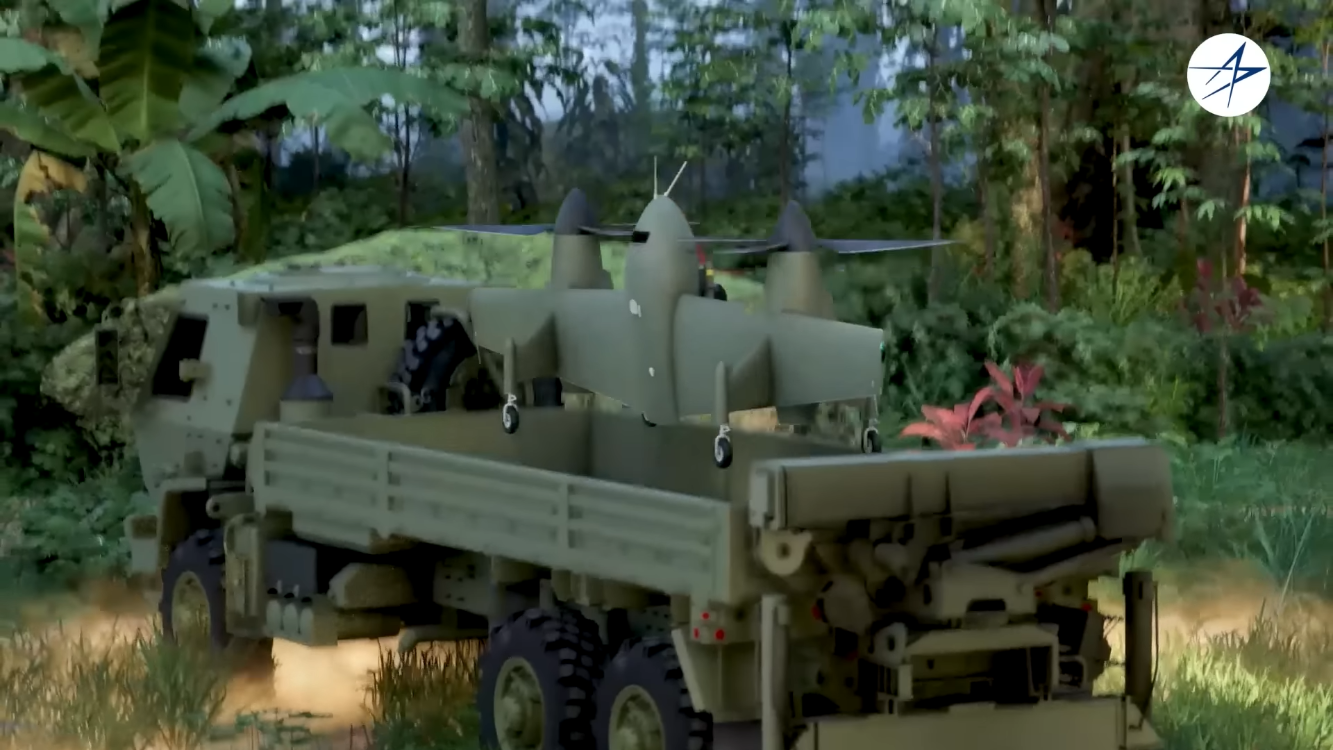
Future versions will scale up to Group 4 and Group 5 sizes, with some expected to reach the footprint of a Black Hawk helicopter. These larger models could carry sensors, cargo, or even light weapons such as Hellfire missiles or Small Diameter Bombs, depending on mission requirements.
Advanced Autonomy and Hybrid Power
Each Nomad drone operates with Sikorsky’s MATRIX™ autonomy system, developed in collaboration with DARPA. This open-architecture technology enables autonomous takeoff, navigation, and landing—even from ships or confined areas—without a traditional runway or heavy ground support.
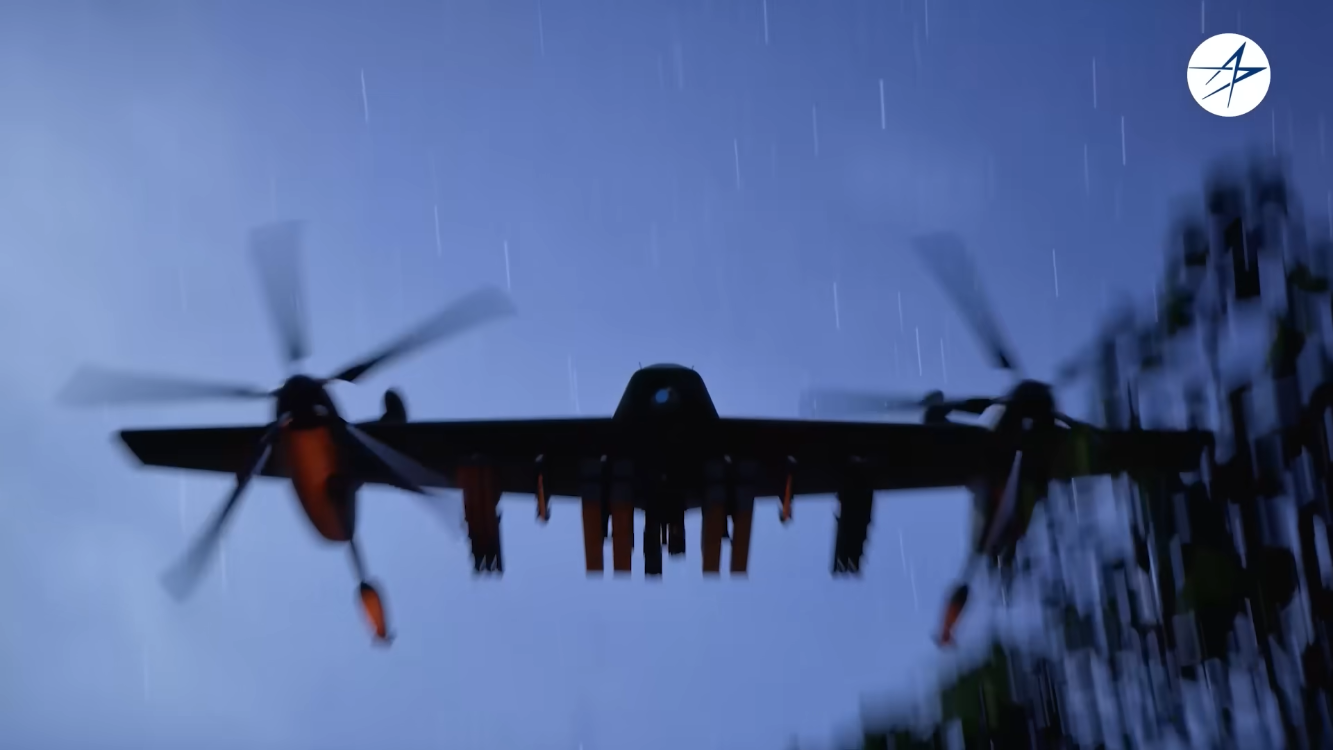
Most Nomad variants will use fuel-efficient hybrid-electric propulsion, while the largest designs will feature conventional powerplants for higher endurance and payload capacity. The drones’ modular systems make them easy to maintain and operate in the field, even by small teams of soldiers or sailors using a tablet interface.
Built for the Future Battlefield
Sikorsky envisions Nomads performing a wide range of missions, from reconnaissance and light attack to contested logistics and resupply. Their independence from runways makes them particularly valuable in the Indo-Pacific, where U.S. forces may have to operate from dispersed island bases or damaged infrastructure.
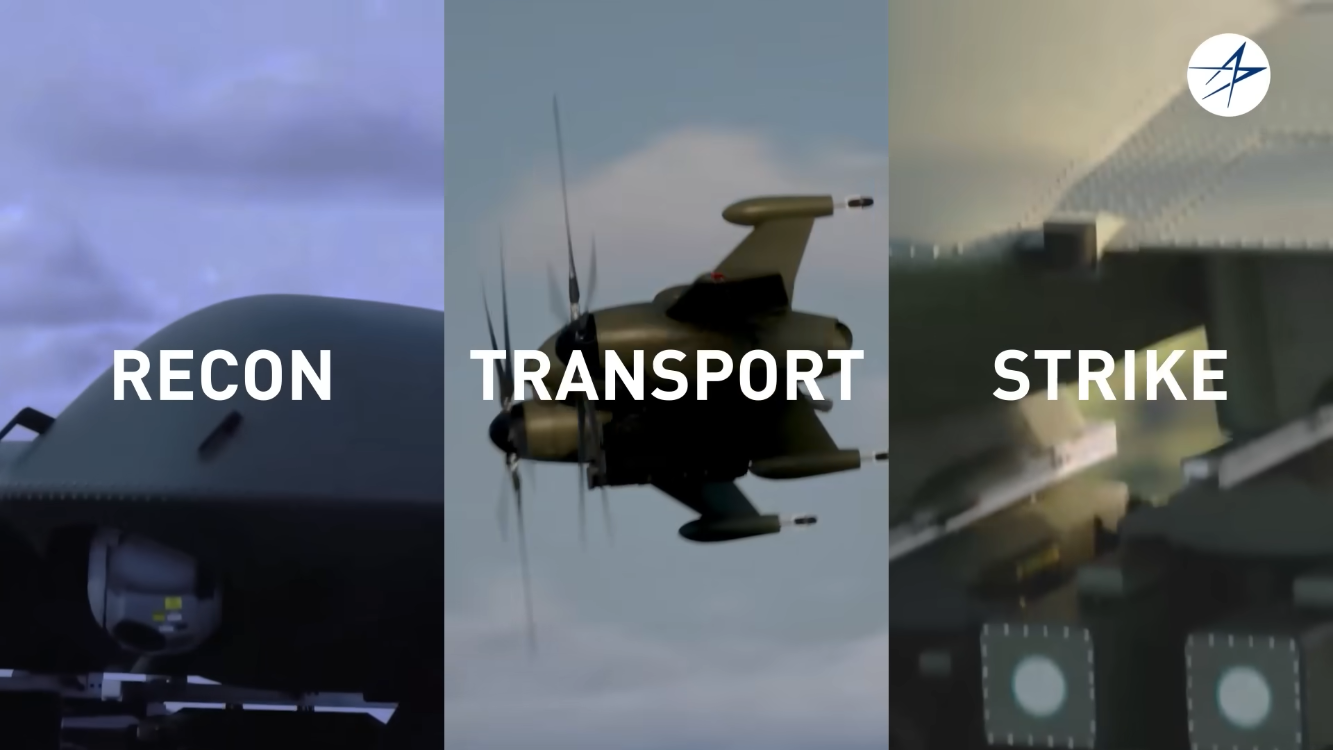
A Force Multiplier
By complementing manned platforms like the Black Hawk and Seahawk, the Nomad family aims to expand the reach of U.S. forces and sustain operations across vast regions. As Sikorsky continues development, Nomad could become a key part of how the U.S. military maintains mobility, intelligence, and supply chains in future conflicts.
